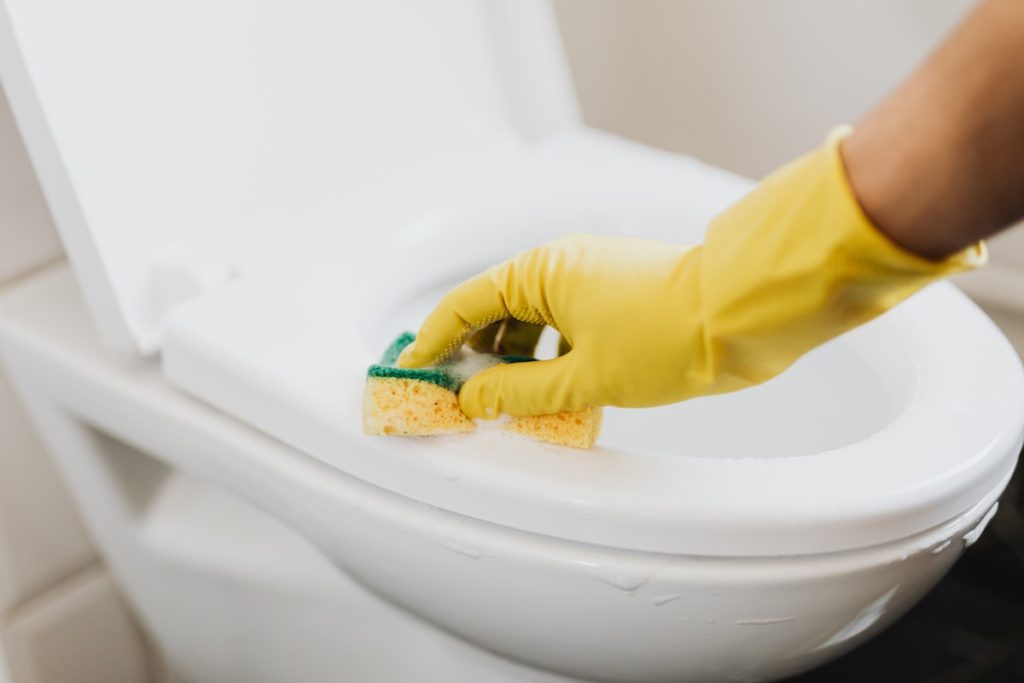Exposure to hazards from sewers can affect the health of residents and neighbours. Usually, wastewater from sinks, washing machines, toilets, and showers often emit poisonous gases. One attribute of human waste and wastewater in these sewers is its offensive smell. According to plumbing codes, underground pipes from municipal water plants must maintain a minimum distance from sewage pipes. Other health risks come from sewers too.
Some Common Toxic Gases in Sewers
Domestic sewage tanks that contain wastewater can cause disease because of microorganisms. Apart from these microorganisms, toxic gases like methane and ammonia come from sewers. Carbon monoxide, hydrogen sulfide, and sulfur dioxide are also sewer gases. These sewer gases cause water-borne diseases and are serious health challenges. Additionally, sewer gases reduce the concentration of oxygen and are flammable. Generally, sewer gases come from two main sources; the fermentation of sewage content, volatile liquids from wastewater pipes. In high quantities, these gases can be very concentrated and if not contained properly, could seep in to the surface and endangering the lives of people living around the area. While engineers are looking for ways to convert these gas into clean energy, in most cases high concentration of these gases remain in the sewer.
By being a highly-inflammable sewer gas, methane can cause explosions. Consequently, drainage and sewage systems are built as subsurface structures in confined spaces. Inside these spaces are often hot because oxygen concentration is low. Apart from explosion and health challenges, a variety of risks comes with poisonous sewer gases.
What are the Mediums Of Spreading Disease-Causing Germs?
During the maintenance of plumbing systems, or if there is a need to repair parts of the sewer, drainage workers are at risk of sewer gases exposure. Usually, infection-causing agents like protozoa, helminths, bacteria, viruses, and fungi release their toxins readily. Also, insects and rodents that live in sewer chambers are agents of infections. However, some pathogens need cuts on the skin to transmit infections. While other bacteria are picked up from the mucous membranes (eyes and nose), working without hand gloves and protective gears might increase risks of biological hazards.
Disease-causing germs are very contagious and direct contact with sewage or toilet waste can transmit them. Unclean plumbing fixtures, leaking sewage pipes, flies and cockroaches carry germs too. When these parasites contaminate drinking water and food, animals (vectors) can spread their germs faster than humans. These biological health hazards occur more in washrooms of residential and commercial properties where hygiene is poor. More so, any sewage disposal system that is unhygienic could affect the cleanliness of your toilet, bathroom, and environment. While bacteria cause diseases like salmonellosis and diarrhoea, parasites in sewers lead to worm (hookworm or threadworm) infestations.
Ways of Preventing Health Hazards from Sewers
Different ways of preventing health hazards that come from sewage systems are easy to follow. First-off – before the task, drainage workers and wastewater treatment plant should wear personal protective equipment (PPE). Usually, disease-causing germs from sewers infect people through fecal-oral routes. So, covering the skin, mouth, and face with proper clothing will enhance their protection.
Even the steam from underground sewage tanks deposit on facial skin and fingernails can take germs through these routes. After working on septic tanks, sewers, and treatment plants; plumbers and technicians should wash their face and hands with antibacterial soaps.
Improving Hygiene
A high number of people often get infected from mosquito parasites. In Africa and other regions, malaria comes from mosquitoes that breed in stagnant water, leaks, and broken pipes of septic tanks. Mosquito infestation is more prominent when there is a blockage, and if a sewer blockage clearing has not been conducted for some time due to the larger body of stagnant water. When residential waste pipes leakage spill urine to shared spaces in rural communities, it affects their environment’s air quality. Usually, there are health challenges when rural dwellers consume sewage contaminants through their drinking water and food. So, improving personal hygiene in these communities, and getting plumbing maintenance can save a life.
Guidance for Reducing Health Risks to Workers Managing Human Waste or Sewage
Civil engineering professionals who handle human waste or sewage might be at heightened risk of becoming ill from waterborne diseases. To decrease this threat and guard against disease, such as diarrhoea, the following advice should be followed by employees and employers.
Strategies
Basic Hygiene Practices for Workers
- Wash hands with soap and warm water immediately after handling human sewage or waste.
- Avoid touching face, mouth, lips, eyes, or open sores and cuts while handling human waste or sewage.
- After handling human sewage or waste, clean your hands with soap and water before drinking or eating.
- After tackling human sewage or waste, clean your hands with water and soap until and following using the toilet.
- Before ingestion, eliminated soiled work clothes and eat in designated areas away from human waste and sewage-handling pursuits.
- Do not smoke or chew tobacco or gum whilst handling human sewage or waste.
- Should there be an injury, wounds should always be covered by using clean bandages.
- Gently flush eyes with secure water in case human waste or sewer contacts .
- Use waterproof gloves to prevent cuts and contact with human sewage or waste.
- Wear rubber boots at the worksite and through transport of human sewage or waste.
- Remove gloves and work clothing prior to making worksite.
- Contaminated work attire should be cleaned daily using a solution of 1 part bleach with 100 parts water.




